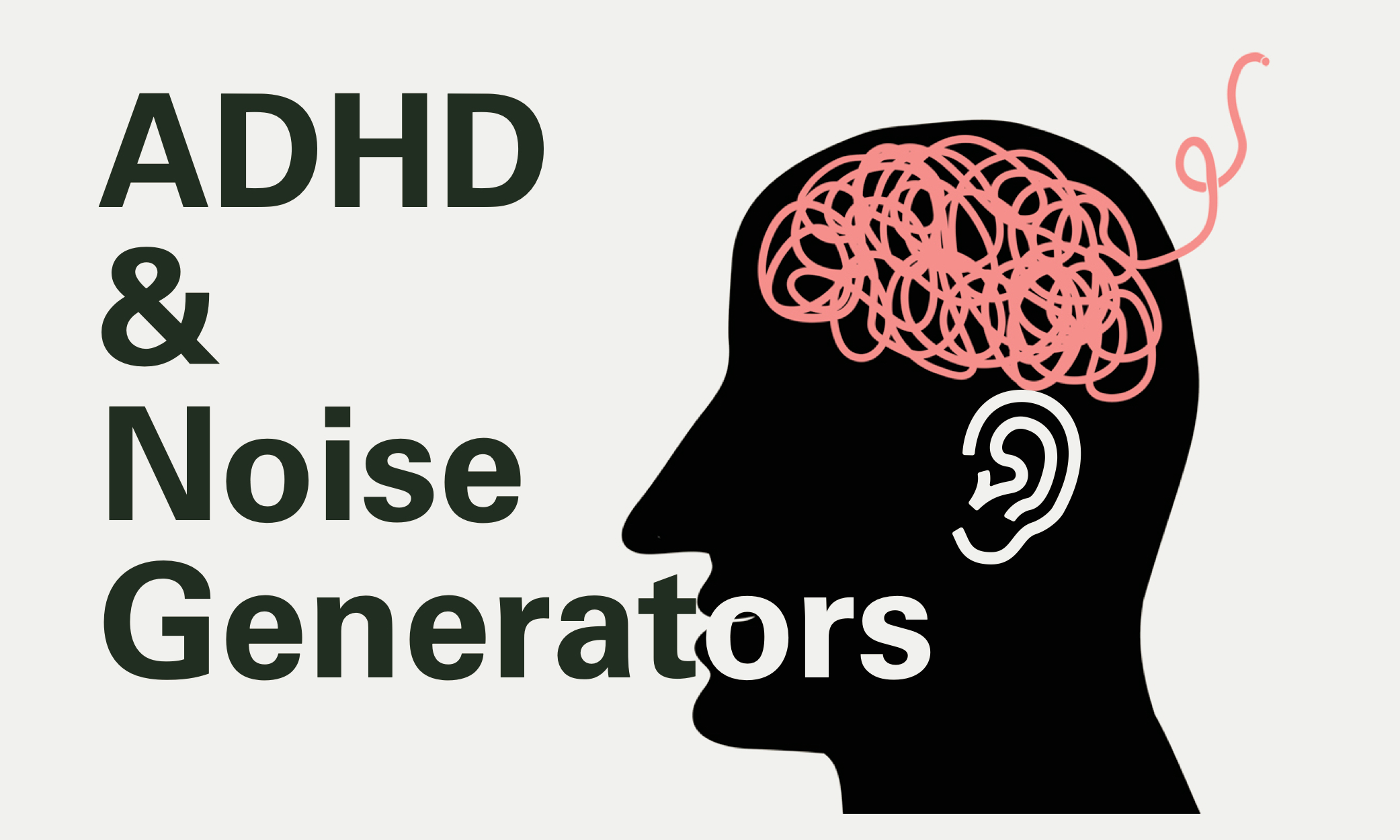How to Sync Youtube Audio to Noteflight Scores
HOW to sync Youtube audio in noteflight
We can all agree that online notation programs like Noteflight have revolutionized the way we interact with written music. Being able to share scores easily and make edits with the click of a button has made it much easier for me to differentiate and adapt scores to ensembles with different instrumentations and ability levels. There is also an additional feature in Noteflight that I have used to develop musicianship and independence in my students; audio sync. The audio sync feature allows the user to mix the audio playback from a youtube video with a Noteflight score. It’s a very powerful tool that has many use cases from learn-a-longs to backing tracks. One of the less obvious implementations of audio sync is to help with one of the most difficult activities that musicians of any level can engage with; transcription.
I use audio sync as a transcription tool with ALL of my classes. Getting students to start listening with an analytical ear from the beginning helps set a foundation for future success. Here is a break down of how I go from incomplete to lead sheet.
Sync The Video
Democratize the classroom by picking a tune together- its more fun if everyone digs the song. Choose a youtube video that is preferably from the channel of the artist or from Vemo. These usually don’t get taken down and it will save you future frustrations. Determine what part of the song you are going to do . If you are going to do the whole song, count the measures of the original and add the correct amount of bars to the Noteflight score BEFORE syncing. To enter the URL click on Palettes ➡ Score ➡ Sync Audio. Enter the URL of the Youtube video in the empty URL field. Find the beginning of the song section that you wish to sync by pressing play and using the playhead slider. Press the “m” key at the beginning of the first measure and continue pressing the “m” key at the beginning of each new measure. This will sync the score to the Youtube audio.
Form (optional)
If you are transcribing the whole song, play it from the beginning and have students make notes on where the different song sections are. Add double barlines and text to identify the different song sections.
Harmonic Rhythm + Chord Progression
Add slashes to score by using the “/” key. Listen back to to phrases and have students determine where the chords change are. If students have instruments, have them try to find the roots of the chords. It helps to have a transposition chart available for wind instrument- yes this activity work well in a band class! You can gamify this part of the process by sharing the score and having students get into small groups. They can work together to find what they thing are the correct roots of the chords and the winners can be identified positively in some way. High schoolers still like gold stars.
Melody
The hardest part of transcribing the melody is the rhythm. Pop melodies are often highly syncopated and are much easier to sing than to read or write. I like to supply the rhythm of the melodies in some classes by writing it as a single pitch. Students can then have success by playing the backing track along with their instrument or the built in Noteflight sounds to find the pitches of the melody. Here are some examples of pop tune melodies with audio sync that I use as. Sometimes I’ll leave out the rhythms of some measure to give students extra challenges- especially if the measure has the same rhythm as a previous section. Once the melody, chords, and form have been inputed into the score, the class has a lead sheet that they can use to play in a pop ensemble or to use as an arrangement stem.
Expand
These are fun activities to do as a class, but they are also great for individual enrichment. I have a few students who are taking independent study with me currently. Students will either choose a song or I’ll assign one for them to transcribe. They go through the same audio sync process that we do in class and at the end the of the experience, they have a lead sheet that they can use with friends to play the music that they want to play. The same process can be used to get students transcribing solos as well.
MORE RESOURCES





